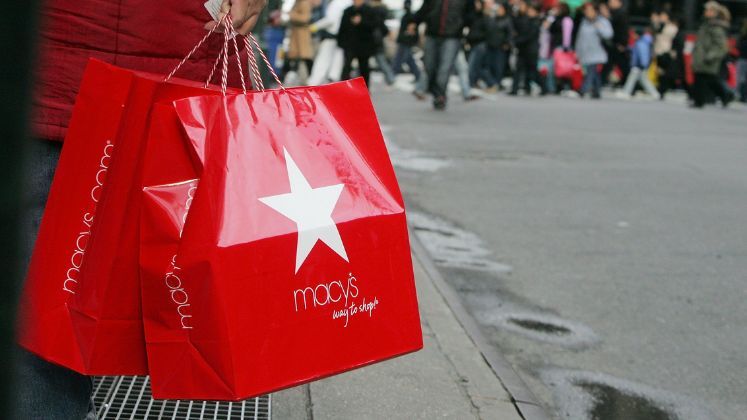
If the existing rates under the 90-day pause don’t increase further, Macy’s Inc. anticipates that President Trump’s tariffs will reduce its yearly gross margin by 20–40 basis points.
Following an exceptional first quarter, the company’s particular task for the second quarter is to process “a meaningful portion” of the merchandise it purchased under the 145 per cent China tax, as chairman and CEO Tony Spring noted.
To ensure that it can offer freshness throughout the summer, the company is currently slapping markdowns on early spring goods that arrived in February and late in the fourth quarter. When tariff rates are excessively high, Macy’s Inc. has also delayed and cancelled some orders. During a Q1 earnings call, he informed investors that the company’s ultimate goal is to be well-positioned for the fall and holiday season.
In response to price increases, the corporation is adopting a “surgical” strategy that involves taking certain vendor reductions, absorbing some tariff charges, and renegotiating where possible. More expenses will be dispersed over more categories.
Additionally, Macy’s Inc. has decreased its revenue from China. Approximately 20 per cent of the company’s total products came from China last year. About 27 per cent of all private brands were imported from China in Q1, a significant decrease from the pre-pandemic era’s above 50 per cent and a decrease from 32 per cent in 2024.
Macy’s Inc. lowered its full-year profitability guidance this morning while keeping its outlook for top-line growth due to the unstable macroeconomic climate and worries about how consumers will react to increased ticket prices.
Previously predicting adjusted EBITDA as a percentage of total revenue to be between 8.4 per cent and 8.6 per cent, Macy’s is now predicting it to be between 7.4 per cent and 7.9 per cent.
Assuming that sales trends go down from first-quarter levels, the company will need to cancel more orders and implement significant markdowns in order to maintain a healthy inventory-to-sales ratio. This is the bottom end of the company’s modified full-year projection. Spring informed investors that part of that strategy also entails boosting pricing judiciously.
Macy’s high-end projections are predicated on a sustained upward trend in March/April sales and only little impact on the gross margin.






